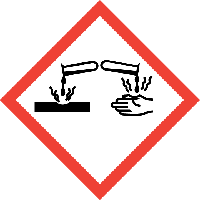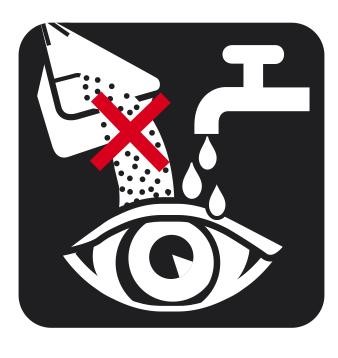A.I.S.E. is pleased to announce the publication of a scientific paper that compares eye hazard classification and the effects following accidental exposure to detergent and maintenance products. This paper has been co-authored by scientists and experts from several European Poison Centres and the European detergent industry.
Poison Centre data showed that in nine out of ten cases of accidental eye exposure to detergents caused minor or no symptoms. While serious eye damage occurred in less than two out of a thousand cases. The study found that hazard classification was a poor predictor of effects.

As available classification methods are by design extremely conservative and do not consider a user’s likely response to accidental eye exposure (rinsing the eyes with water), on pack hazard information poorly represents the hazard detergent and maintenance products pose to users.
Among available classification approaches, the use of all available scientific data and expert scientific judgement was found to be the best method to predict medically relevant effects. The alternative method (using a calculation algorithm instead of scientific data) was a far poorer predictor of effects, and should only be used as a fallback option (see
DetNet for additional detail).
Dr. Fabrizio Sesana of the Centro Antiveleni di Milano (Italian Poison Centre) commented: "This initiative and the publication of this article demonstrate how the collaboration between EU poison centres and the detergents industry can result in the generation of high quality data that supports the safe use of products, including hazardous detergents and maintenance products”.

The findings emphasise the importance of rinsing with water after exposure.
Research has confirmed that consumers intuitively consider this as the first emergency measure. For over 15 years, detergents and maintenance products across the EU have carried A.I.S.E.’s safe use icon on eye exposure prominently on pack, with the supporting warning
"Keep away from eyes. If product get into eyes, rinse thoroughly with water”.
Read more